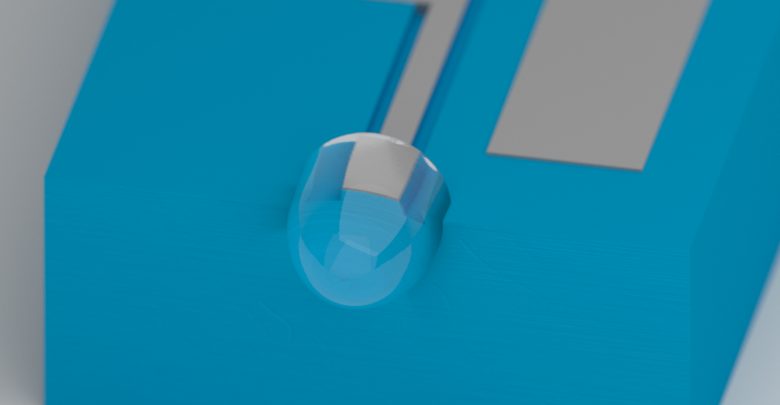Nanoscribe joins German quantum imaging project

MiLiQuant research project aims to develop miniature, frequency- and power-stable diode lasers.
Nanoscribe, a specialist in microfabrication 3D printing technology, has been enlisted to participate in the new MiLiQuant research project, funded by the German Federal Ministry of Education and Research (BMBF).
The project, which also brings on Q.ant, optical systems company Zeiss, engineering company Bosch, the Johannes Gutenberg-University Mainz and the University of Paderborn, aims to develop miniature, frequency- and power-stable diode lasers.
The recently launched MiLiQuant project has a three year schedule over which the various collaborators will work together to develop alignment-free and maintenance-free radiation sources for industrial applications. The diode lasers could ultimately be used in sensors for medical diagnostics or autonomous driving, as well as in quantum-based imaging processes for medical technologies.
Nanoscribe will provide its micro-scale 3D printing technologies to the project, to enable the efficient production of micro-optical components.
“With our 3D printers, high-precision micro-optical components can be produced in shortest time with submicrometer resolution and enormous design freedom,” explained Dr. Michael Thiel, Chief Science Officer at Nanoscribe, who believes there is huge potential for quantum technologies in additive micro-optics. “We are happy to contribute our profound know-how to the MiLiQuant project for the further development of packaging technologies.”
Nanoscribe’s 3D printing technology uses a two-photon polymerisation (2PP) process to create highly precise, micro-scale structures. The platform enables micro-optics with complex designs to be printed directly onto laser facets, glass fibers or microchips. The 3D printed structures can achieve an optical quality with a surface roughness in the range of just a few nanometers.
In the MiliQuant research project, the micro-optic components will be 3D printed and subsequently assembled with other elements to create a compact package. The miniaturised light sources will play a vital role in the development of alignment- and maintenance-free radiation sources for the quantum technology.


































